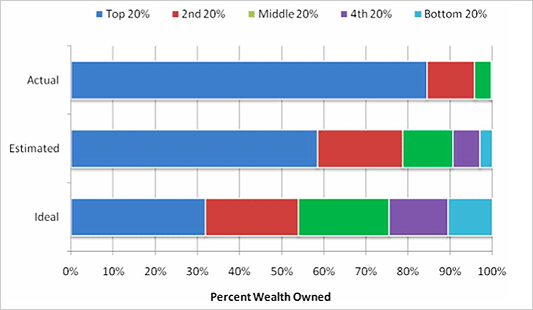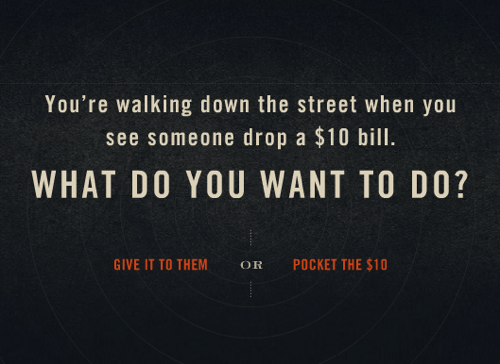
(photo credit: clagnut)
Carlos Slim (is that really his real name? Googling… his real name is Carlos Slim Helú, which is still kind of funny) is officially the richest man in the world, with a net worth of $74 billion.
That’s more than 6% of Mexico’s entire GDP!
But being the world’s richest man in a country as poor as Mexico isn’t easy on your rep. Unlike Bill Gates and Warren Buffet, America’s wealthiest citizens, Slim hasn’t really focused on philanthropy.
Which led Cyntia Barrera Diaz from Reuters to ask, “What could you pay for with that kind of scratch?”
Here are some gems from the list she came up with:
- - Enough tortillas for all 112 million Mexican citizens for 11 years
- - NASA’s total budget for the next four years
- - Mexico’s entire public education budget for ten years
- - 1,617 25-carat pink diamonds
What does Carlos think about giving away his money?
“Wealth is like an orchard. You have to share the fruit, not the trees.”
What would YOU do with $74 billion?




